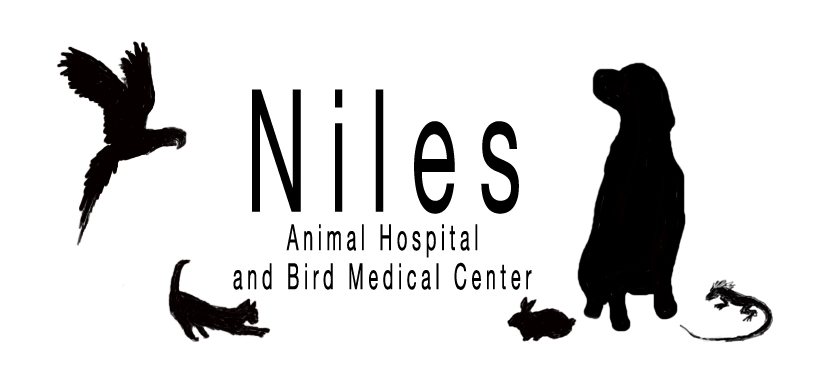Tips for When You Bring Your Pet to Work
June 26th is Bring Your Pet to Work Day. Here are some tips that will help you if you decide to bring your pet to work.
Petiquette: Is your pet ready for the workplace?
 Sure, your pet scratches your furniture or chews up paper at home. But when you bring him to work, he must be on his best behavior.
Sure, your pet scratches your furniture or chews up paper at home. But when you bring him to work, he must be on his best behavior.With more employers allowing pets in the workplace and others permitting Take Your Dog to Work Day®(this year it’s Friday, June 26), it’s a good time to learn about petiquette, or pet etiquette—the proper way for your pet to go public.
Here, a few tips to keep in mind.
Does your pet have the right demeanor?
If your pet is aggressive or overly shy, it’s best to leave her home, says Beth Stultz, marketing and communications manager for Pet Sitters International and Take Your Dog to Work Day spokesperson.
Consider how your pet has behaved in the past around strangers before making the decision to bring her, she says. If your pet has shown fear, irritability, or aggression, or if she’s never met strangers, the workplace is not the best place to test her.
Do you have insurance coverage?
Ultimately, you are responsible for your pet and any damage he causes, says Rachelle Hill, an employment law attorney with the Arlington, Va., law firm of Bean, Kinney, and Korman. Hill has written about pets at work from the employer’s perspective for the firm’s employment law newsletter.
“If you decide your pet would do well at the office, then you need to make sure that you have insurance to cover any damage the pet may cause to personal property or a person. Most homeowner’s and renter’s insurance will cover this, but it is important to verify,” says Hill.
Is your pet vaccinated?
Keep your pet’s vaccinations up to date, and keep a record of it for your employer.
Ensuring that participating pets’ vaccinations are up to date is vital and requires constant monitoring, says Becky Neibarger, associate manager of public relations and social media at Bissell Inc., a vacuum cleaner and floor care product manufacturing corporation. The company has had considerable experience with pets at its Grand Rapids location, where 420 associates work. Its Pet Spot features associate work areas, a kitchenette, conference table, room for pet play, and a doggie door that accesses an enclosed outdoor area.
Is your pet clean and groomed?
Even pets don’t get a second chance to make a good first impression. Make plans to have your pet bathed and/or groomed and her nails clipped before accompanying you to work.
Have you prepared your workspace?
Make sure your office environment is safe. Remove poisonous plants and pesticides. Hide electrical cords and wires. Secure toxic items such as permanent markers. Any office items in question should be placed out of your pet’s reach, says Stultz.
Have you packed the essentials?
Include food, treats, bowls, toys, leash, paper towels, clean-up bags, and pet-safe disinfectant. Stultz suggests that if you are routinely in and out of your workspace, bring a baby gate for your doorway or a portable kennel for your pet’s comfort and your peace of mind. Plan your pet’s feeding times so potty breaks will come during your slow or break times.
Do you have an exit strategy?
It may turn out that your pet doesn’t like going to work. Should he become agitated or withdrawn, consider taking him home or plan in advance for your spouse, friend, or professional pet sitter to take him home, says Stultz. Never leave your pet alone in a vehicle while you work.
Would pets work at your workplace?
Consider broaching the subject with your employer, and point out the success at other businesses.
At Bissell, for example, anyone can use the Pet Spot provided their job allows them to work remotely. With 32 pets currently registered to use the area, the Pet Spot’s fully booked schedule attests to its popularity, says Neibarger. She says the company has noticed that associates who use this benefit are productive, happy, and appreciate the opportunity.
